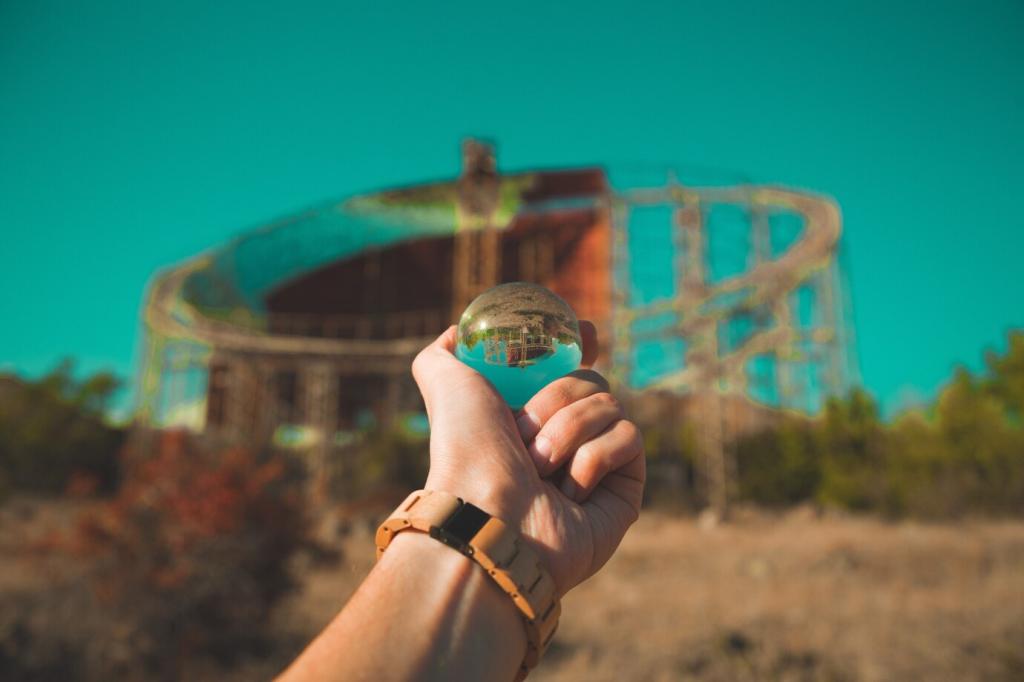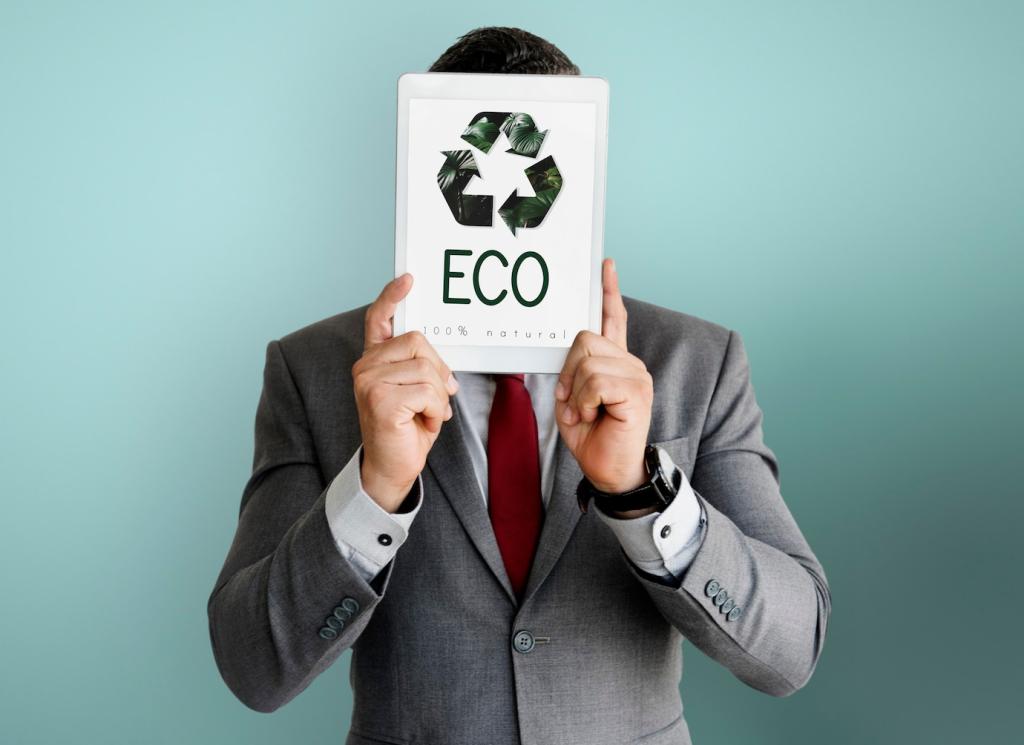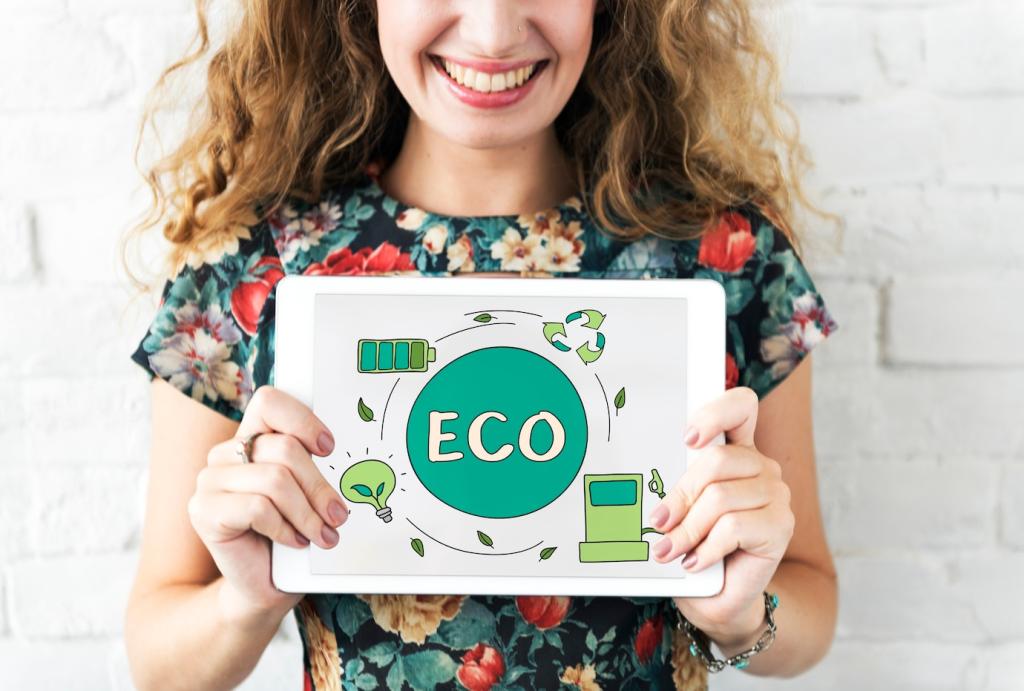Chosen theme: Choosing Biodegradable Soaps for Everyday Use. Let’s make your sink, shower, and routine gentler on waterways without sacrificing comfort or cleanliness. Join our community conversation, share your favorite finds, and subscribe for fresh tips you can act on today.
What “Biodegradable” Really Means for Your Soap
When a soap is called readily biodegradable, it often references standards where at least 60% of organic material breaks down within about 28 days. That speed matters for waterways. Look for clear test references and plain, verifiable language instead of vague claims that offer no timeline, test method, or third-party verification.
What “Biodegradable” Really Means for Your Soap
Biobased means ingredients come from renewable sources like coconut or corn, while biodegradable describes what happens after use. A product can be biobased yet degrade slowly, or petroleum-derived yet still biodegrade. Read closely, compare data, and tell us in the comments which labels you find most trustworthy and why.


Ingredients to Seek and Ingredients to Skip
Gentle, Readily Biodegradable Surfactants
Alkyl polyglucosides like decyl and lauryl glucoside are valued for mildness and solid biodegradation profiles. Traditional bar soaps from plant oils also break down, especially when cured well. Readers report fewer irritations with these choices. What gentle, biodegradable soaps work for your hands during frequent washing at home or work?

Bars, Liquids, and Concentrates: Lowering Your Footprint
Why Bar Soap Often Wins
Bar soaps typically ship with less water and minimal packaging, cutting emissions and plastic. Keep bars dry on well-drained trays to maximize longevity. One reader switched their entire household to bars and counted five fewer bottles per month. Share your bar-keeping tricks for tidy counters and longer-lasting, biodegradable clean.
Smart Liquids and Refill Systems
If liquids are your preference, choose biodegradable formulas in concentrate or refill pouches to reduce packaging. A foaming pump can halve the amount used per wash. Refill stations at local shops help you reuse sturdy bottles. Tell us where you refill, and we’ll map community favorites for easy access.
Travel and Gym Use
Solid, biodegradable soap bars shine for travel: no leaks, no TSA hassles, and less plastic. Slip a small bar into a breathable tin, keep it dry, and you’re set for gyms or trails. What compact carry solutions keep your soap clean, crumb-free, and ready for post-workout refreshes without waste?
Understanding Eco-Labels
Look for credible programs that assess ingredient safety and environmental profiles, such as well-known ecolabels and product safety marks. Check public databases where available and read criteria summaries. Certifications are not perfect, but they raise the bar for transparency. Which labels sway your choices when selecting biodegradable soaps for daily routines?
Cruelty-Free and Vegan Considerations
While cruelty-free or vegan does not guarantee biodegradability, they often align with mindful formulation. Plant-based bars avoid tallow, and verified cruelty-free brands commit to ethical testing policies. Weigh your priorities: ethics, biodegradation, and skin feel. Share how you balance these factors when choosing soaps for your household’s varied needs.
Avoiding Greenwashing
Beware of vague phrases like “eco-friendly” without data. Ask for ingredient lists, biodegradation test references, and packaging details. If a brand claims rapid breakdown, they should provide timelines and methods. Drop examples of great transparency—let’s celebrate brands that publish clear, specific evidence for their biodegradable soap claims and packaging choices.

Skin Health Meets Sustainability
pH and the Acid Mantle
Traditional soaps lean alkaline, while some biodegradable syndet bars and liquids aim closer to skin’s mildly acidic range. If you’re sensitive, look for milder surfactants and balanced pH. Notice how your skin feels an hour after washing. What biodegradable options leave your hands comfortable instead of tight, flaky, or reactive?


Preservation, Safety, and Shelf Life
Biodegradable does not mean unstable. Thoughtful preservatives like sodium benzoate or potassium sorbate can maintain safety without excessive impact. Airtight or pump packaging helps, too. If you have sensitivities to isothiazolinones, patch test carefully. Share what preservation approaches you trust in biodegradable soaps and what containers keep them fresh longer.
Everyday Habits That Multiply Your Impact
A pea-sized dollop or a few rubs of a bar often suffices. Foaming pumps and mesh savers boost lather with less product. One subscriber tracked usage and cut bottles by half in three months. What dosing tips help your biodegradable soaps last longer without compromising that satisfying, clean-rinse feel?

